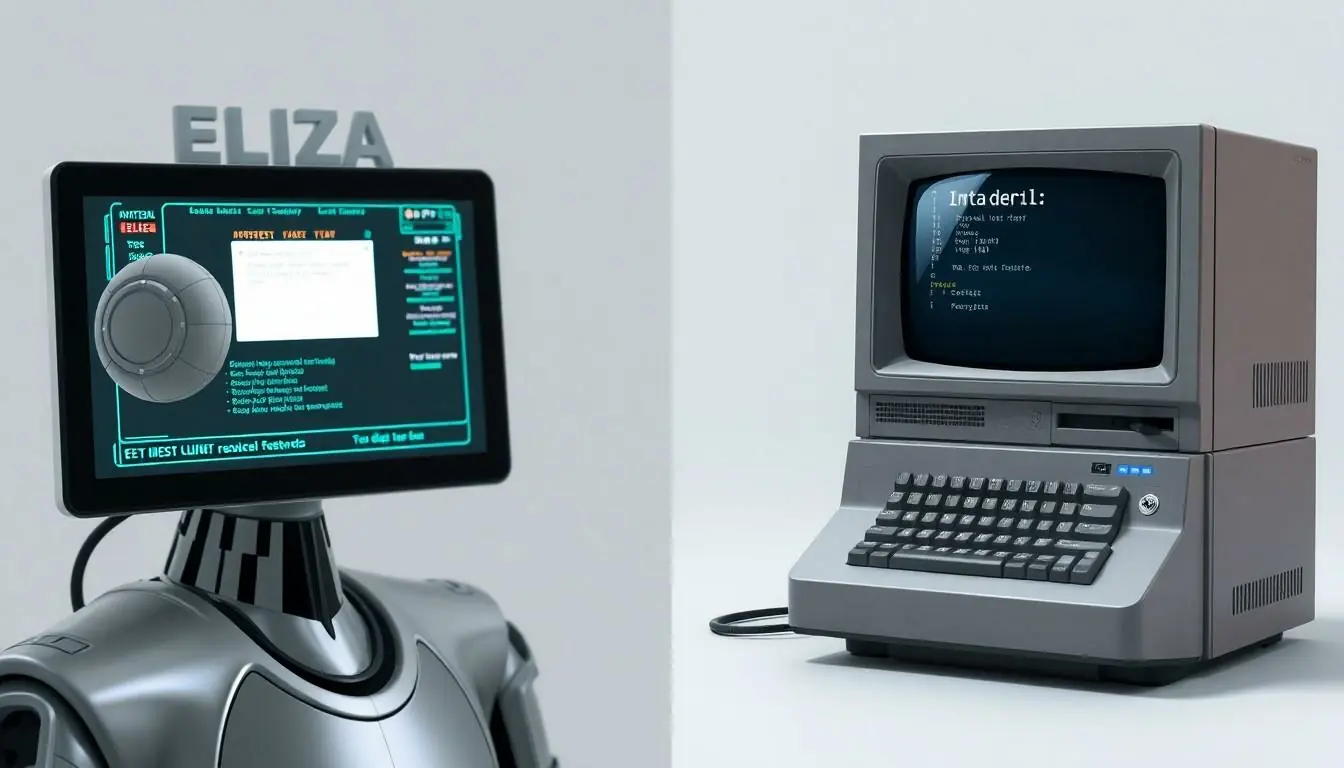In the ever-evolving world of artificial intelligence, two names often spark curiosity: BNY ChatGPT and the legendary ELIZA. While one represents cutting-edge technology and the other a nostalgic trip down memory lane, both have made significant impacts in the realm of conversational agents. But what’s the real scoop on these digital dynamos?
Table of Contents
ToggleOverview of BNY ChatGPT and ELIZA Agent
BNY ChatGPT represents contemporary advancements in artificial intelligence, while ELIZA serves as a foundational example of early conversational technology. Their unique attributes reveal much about the progression and impact of conversational agents.
Historical Context
Developed in the 1960s, ELIZA marked the inception of chatbot technology. Joseph Weizenbaum created this program, enabling it to mimic human conversation through simple pattern matching. ELIZA’s ability to engage users in dialogue sparked interest in artificial intelligence, fostering further research. It served mainly as a psychological tool, reflecting early attempts to define human-computer interaction. Many consider it a groundbreaking experiment that paved the way for future developments in automated dialogue systems.
Evolution of Conversational Agents
The evolution of conversational agents spans several decades, with significant milestones shaping their development. In the 1990s, advancements in natural language processing enhanced the interaction quality of chatbots. Both IBM’s Watson and Microsoft’s chatbot initiatives demonstrated increased capabilities and applications. As technology evolved, so did user expectations, pushing for more sophisticated interactions. Recent innovations, like BNY ChatGPT, utilize large language models, providing context-aware responses and human-like dialogue. The interplay between historical significance and modern capabilities illustrates ongoing progress in this domain.
Comparing BNY ChatGPT and ELIZA

BNY ChatGPT and ELIZA represent distinct eras in conversational agent technology, showcasing significant advancements and unique features of each.
Key Features of BNY ChatGPT
BNY ChatGPT utilizes large language models to generate contextually relevant responses. This advanced system excels in natural language understanding, allowing it to comprehend and engage in more human-like dialogue. Conversations often flow naturally, as it remembers context and user preferences. The model’s ability to learn from vast datasets continually improves its interactions. Users appreciate the system’s versatility, applying it in various domains such as customer support and content creation. Moreover, BNY ChatGPT adapts quickly to user needs, providing personalized experiences that enhance engagement.
Key Features of ELIZA
ELIZA, developed in the 1960s, marked an important milestone in chatbot history. The program simulates conversation using simple patterns and keywords, reflecting user inputs through predefined scripts. Though limited in capability, it showcases early natural language processing, amusing users with its ability to provide responses that seemed relevant. Designed primarily to mimic a psychotherapist, ELIZA engages users by reflecting their queries back at them. Its simplicity fuels nostalgia while demonstrating fundamental principles of interaction in artificial intelligence. Despite its basic framework, it paved the way for more sophisticated conversational agents.
Analysis of Statements
This section evaluates critical statements regarding BNY ChatGPT and ELIZA, focusing on their capabilities and user experiences.
Statement 1: Accuracy and Functionality
BNY ChatGPT excels in accuracy, generating relevant responses based on context. It leverages sophisticated algorithms and large datasets to understand user intent effectively. In contrast, ELIZA operates through predefined patterns and keyword matching, leading to limited functionality. While ELIZA can engage users, its accuracy suffers due to its simplistic approach. BNY ChatGPT provides a more nuanced interaction, effectively addressing user inquiries and adapting to various conversation flows.
Statement 2: User Interaction
User interaction marks a significant difference between the two agents. BNY ChatGPT creates an engaging experience that feels more conversational and personalized. Its ability to learn from past interactions enhances user satisfaction. ELIZA, however, simulates conversation through basic mirroring techniques. Although interesting, its interaction lacks the depth and adaptability offered by modern systems. Users of BNY ChatGPT enjoy tailored responses, fostering an environment conducive to effective communication.
Statement 3: Technology Behind the Agents
Technology plays a crucial role in differentiating these two agents. BNY ChatGPT utilizes advanced natural language processing and machine learning techniques. This foundation allows it to manage complex dialogues and maintain context over multiple exchanges. ELIZA, on the other hand, relies on basic rule-based systems from the 1960s, which limit its capabilities. The stark contrast in technological sophistication underscores the rapid evolution of conversational agents. BNY ChatGPT demonstrates the potential of modern AI, setting new standards for user interaction.
The comparison between BNY ChatGPT and ELIZA highlights the remarkable evolution of conversational agents. BNY ChatGPT stands out with its advanced capabilities and user engagement, setting a new benchmark for interaction in the digital age. ELIZA, while limited in functionality, played a crucial role in the history of artificial intelligence by introducing the concept of chatbots. Understanding these differences not only illustrates the progress made in natural language processing but also emphasizes the importance of ongoing innovation in the field. As technology continues to advance, the potential for more sophisticated and human-like interactions remains promising.





